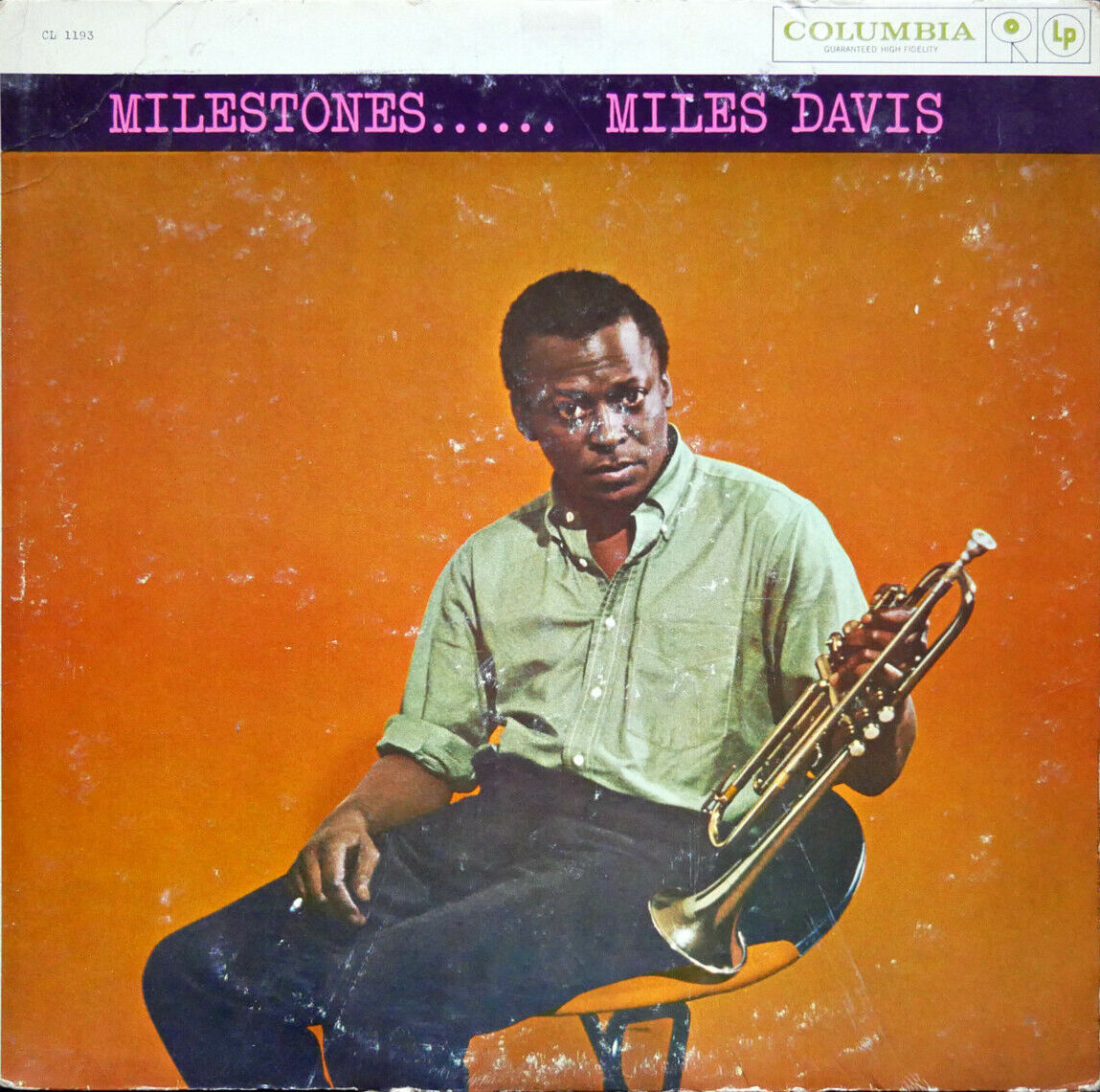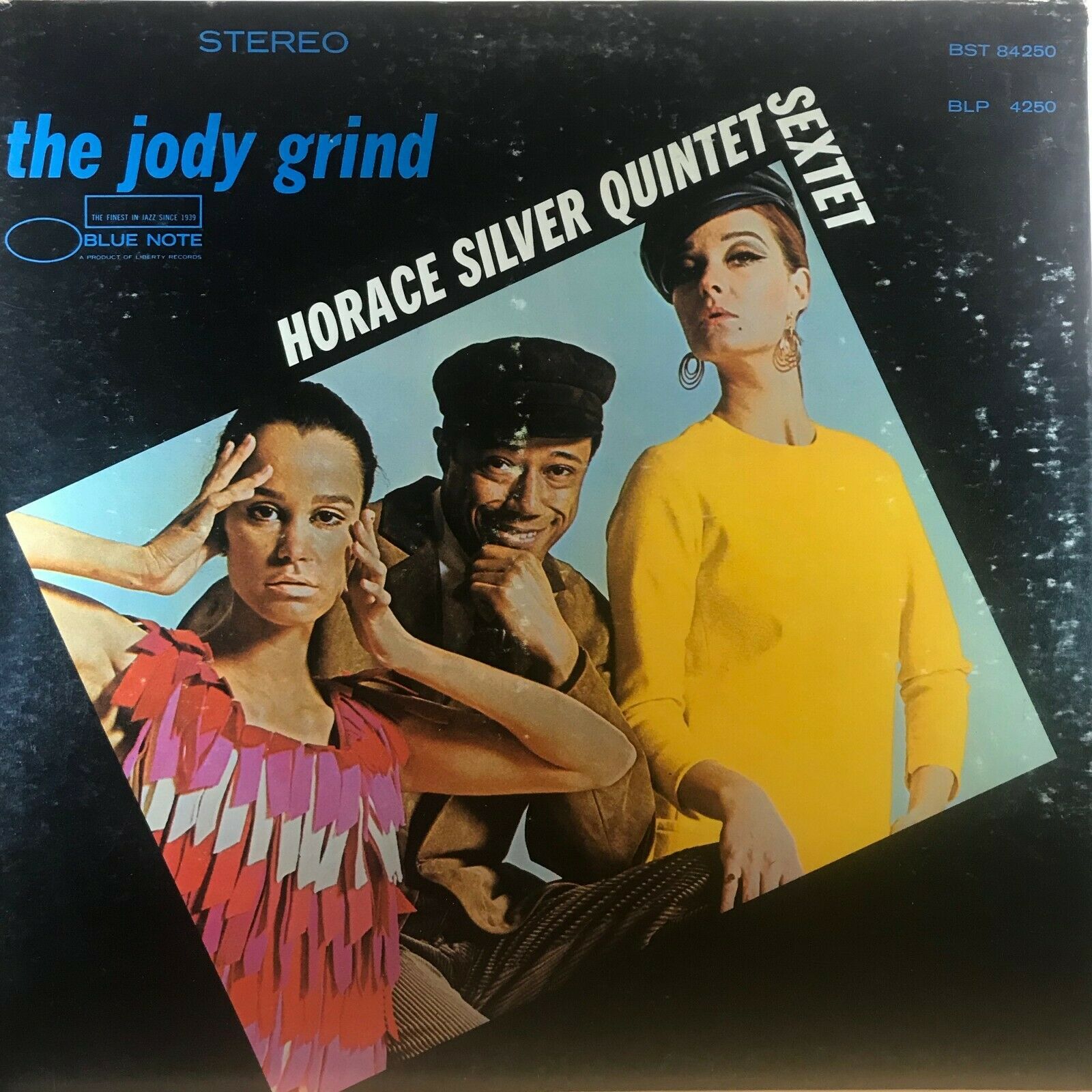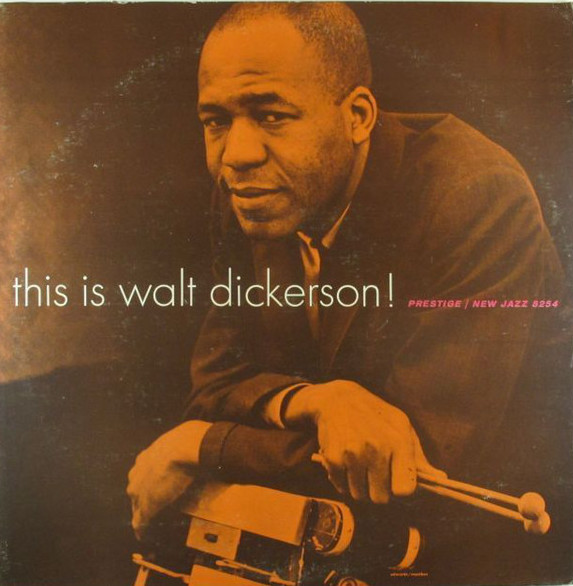JAZZ IN TIMES OF CORONA VOL. 1 –
Terribly unfortunate events are going on day by day, especially somewhere else… in other parts of the world than our Western world. But the Covid-19 crisis is universal and without borders and the fact that other countries often are less stable doesn’t make the impact on our civilization less penetrating. The Covid-19 crisis creeps in the pores of society, and is a worrisome and occasionally fatal development especially for the health of the elderly and vulnerable. We’re in the thick of it and the outcome is unsure. Life has become substantially more surreal by the day… the melting watches and distorted landscapes of Dali and the flying cello ships of Richard “Prophet” Jennings don’t come close. Perhaps our lives have always been surreal and we have been unable to perceive it, until now.
We’re subjected to a strange mix of level-headedness and bewilderment, of thinking that time will heal or feeling that confusion will be our epitaph. Perhaps, as the weeks go by, puzzlement will gradually subside. In the meantime many of us need all the charity, determination and good humor that we are able to muster, and fortunately there hasn’t been a shortage of that of late. Yours truly, the Flophouse Floor Manager, while perhaps more jittery and nervous than he cares to admit, is ok. Amongst loved ones and wallowing in his usual mad laughter and subterranean detachement. Helping out the old folks of Amsterdam by day, jivin’ with jazz at night…
A bit of good-time live music would be a major upper for us aficionados. But that is the trouble at the heart of the interviews below. Records (and a good glass of single malt whiskey) are still within reach. But the curtains are drawn and club owners and jazz musicians are at a loss. Like all artists that work freelance for most of the time, jazz musicians are caught between a rock and a hard place, and the wound is open, and the bandages are out of stock… Typically competent in struggling their way out of a mess, considering their skill for improvisation and uncommon discipline, you can see them finding a way out of the labyrinth. However, looming fate is hard to suppress… So I was wondering how jazz musicians personally feel, where they stand now that their professional career is in jeopardy, how they fill their gig-less days and nights, perceive the future for the jazz business and, last but not least, if there is a positive note to the shock that the crisis has brought about.
So the floor is theirs. In part 1, tenor saxophonist Simon Spillett from London, U.K., French guitarist Félix Lemerle from New York City, U.S.A. and trumpeter Ellister van der Molen from The Hague, The Netherlands, whom I kindly thank for their insights and a glimpse into their way of dealing with the Covid-19 crisis.
Simon Spillett: “My father, who is aged 80 and terminally ill with cancer, is in a nursing home which has, in line with government advice, been placed in lockdown. I have been unable to see him for a number of days but am in regular touch with those charged with his care. Of the various impacts the Covid-19 crisis has made upon my life, this is indisputably the hardest to bear. It’s heartbreaking to not see my father.
Although I also teach privately, run a youth big band at a music centre and write sleeve notes and record reviews, the main bulk of my income is as a performing jazz musician. Therefore to have perhaps 95% of your monthly cash-flow disappear overnight is both unprecedented and extremely worrying.
At present I am continuing to write and have been offered several small commissions from record labels and magazines which will help keep some income coming in but it will be insufficient to cover my outgoings. On March 26 the UK government announced a financial help package for those who are in self-employment like myself but as yet we are unsure about exactly how this will be implemented. And, with the timeline indicating payment no earlier than June, the following two months are likely to be extremely tough indeed for myself and many of my colleagues.
Like many musicians I know, I live in rented property and am hoping that the landlords will be sympathetic to these challenging circumstances. However, if not – despite the official deferment of legal evictions until at least three months time – I will almost certainly eventually lose my flat. Whichever way this current crisis plays out its impact on myself – and many fellow musicians -will be serious and have longer term ramifications.”
Félix Lemerle: “A regular day nowadays is pretty similar to a day without a gig, meaning I would stay home and practice. I’m in the Artist Diploma at Juilliard, so all classes have been moved online. Some classes work well remotely. However, we are still figuring out what to do to make the best use of our ensemble rehearsals, since we cannot play together. Days feel pretty similar so I’m glad school is still on so that it gives me something to differentiate them.
There’s a lot of people doing videos of themselves playing or collaborating with others with apps like Acapella or the like, but I didn’t jump on the bandwagon yet. I feel like social media are saturated with it, and I don’t think the spirit of our music is conveyed when there is none of the interaction that happens when playing together live. Musicians — those that don’t have to immediately put themselves at risk by taking another job because they need money right now, that is — will have more time to practice, but nothing substitutes playing with other people.”
Ellister van der Molen: “In spite of everything I try to spend my time as useful as possible and I keep my hand on the purse. My survival more or less depends on how many of my dates will be cancelled. I’m really in trouble when my summer projects – a concert tour in institutions for the elderly and workshops in Switzerland – will be cancelled. Otherwise, depending on what the outcome will be of the Tozo agreement, (governmental support, FM) I will just about manage to get by.
I sleep pretty late, but comparatively less late than usual, since the late night gigs have been cancelled! I keep in shape. I’m on the phone all the time with my father. Furthermore, I’m studying trumpet and planning the new season: a new record, arranging, online workshops, website updating, acquisition. It’s still a bit of a jumble but it’s no time to take a holiday.”

Photography: Karin van Gilst
(Clockwise from l. to r: Simon Spillett; Félix Lemerle; Ellister van der Molen)
Simon Spillett: “After years of travelling across the UK to and from gigs my days now look and feel very different. Jazz musicians are famously supposed to be late risers in the morning, although few I’ve met actually are. Well, I’m now having fun making that cliché ring true! Seriously though, as soon as I could see the disruptive pattern that this pandemic was likely to bring, I made a resolution not to panic – self-isolation and considerable time alone are, after all, things that working musicians are very familiar with through years of study and practice. We’re also mostly very happy with our own company, despite the gregarious nature of our job.
My days so far have followed a pattern of writing during the morning and early afternoon, followed by a walk for exercise or, if absolutely necessary, a trip to a supermarket. I’m in daily contact with my friends within the jazz business. My girlfriend is also a jazz performer who has faced exactly the same overnight cancellations of her work and we speak each day, a conversation that keeps us both sane and focused.
Jazz musicians are extremely sensitive, most often with incredibly encompassing world views. They’re also experts in the unexpected, dealing with it on a daily basis. And they have an amazing capacity to see humour in the bleakest of circumstance; I’m very happy that I have friends like this right now. They do feel like a genuine community!
I keep myself busy writing. Although I haven’t touched my instrument in around a week, I am still thinking of music. I listen each day, choosing a different album to hear each morning as I get ready for the day, by no means all of them jazz. And I am thinking of how my work and attitude to it will change after we are again able to play in public. It’s a huge opportunity to refresh and rethink one’s approach.
I am also using the considerable time to reflect on what music means to me, not only as my livelihood but as a way of life. I am like a great many people, both those who play and those who listen, in that I’ve taken for granted the luxury of live music. If anything has proved definitively the binding power than music has on society it’s this current crisis.”
Félix Lemerle: “Hopefully this won’t last too long, but I’m pretty pessimistic. The economic impact on small businesses like clubs and restaurants will result in them closing or stopping live music even after the quarantine is over. I hope the scene will recover, but I’m sure this will be a major blow to an already struggling sector.
I don’t feel like there is much positivity about it. I can’t afford to romanticize the situation. I am lucky enough to have some money put aside, so my fiancee and I will be able to survive a couple months without income and no federal help, both of us being foreigners. But I’m thinking of all the working class people that lost their jobs, especially in times of absurd economic disparity, when 40% of people in the US can’t afford a $400 emergency and have no social safety net, the health care system is in crisis, and the government’s answers are so inadequate.”
Simon Spillett: “If, as predicted by many in the UK, our social distancing policy continues on into the summer months, then I feel deeply worried for the British jazz community. Some performers will be unable to bounce immediately back from this unexpected ‘pause’ as very few promoters are planning ahead, quite understandably. I’m not sure how I’ll continue at present.
I also fear that the grass roots venues – which are my ‘bread and butter’ – are truly in jeopardy. Many of their promoters, and almost all of their audience, fall into the ‘vulnerable’ category as defined by the UK government. It’s difficult not to see the current crisis as a potential death knell for this way of presenting and promoting jazz here in Great Britain and I truly fear that some of these lovely little clubs will just fade away from sight altogether in the wake of Covid-19.
It’s strange: there has been reams and reams of debate about the health, future and viability of jazz over the past few years, all of which, in light of Coronavirus, now seem altogether academic. There were lots of naysayers out there saying jazz was dead, it was no longer growing, it had no wider social relevance and that it wouldn’t take much to kill it off completely. Nobody could’ve predicted that a pandemic would enter the equation. I don’t think jazz will die through this – either here in the UK or anywhere else – but I do think we may have to look at it in a new way when all the dust settles. I think it was Roy Haynes who once said ‘jazz is like a cockroach – you try and stamp it out and it keeps on going’. That’s my belief now: it’ll survive this, and as the past has shown – think Prohibition, the Second World War, the Civil Rights battles of the 1960s – it’ll use circumstance to strengthen its relevance.”
Ellister van der Molen: “Everybody in the jazz scene is pretty concerned about one another, that’s cool. Surprisingly, we somehow have swapped the quick text message for the old-school phone call! Anyway, I need to be creative and find alternative ways to gain the audience and mine the digital world through YouTube, social media streams, newsletters, DIY recording, podcasting etcetera. I have to peddle arrangements and am thinking about performing for the elderly through the phone via Stichting Muziek Aan Huis. These are things that I have been neglecting because of a lack of will or time.”
Félix Lemerle: “On a personal note, I appreciate the time with my fiancee. I’m using my time to practice and she has school online. I really hope this will make people realize the need for a strong health care system, and more globally the importance of commons vs. neoliberal individualism. Again, I’m pretty pessimistic.”
Simon Spillett: “You can’t separate a musician from humanity so I’m also thinking of those I love, where I want to be when all this is over and, ultimately, what lessons we’ll have learned from this historic global event. Sometimes, although it can seem like life or death, you realise that jazz is just part of what you do, not all of who you are; a saxophone is just a saxophone; the search for the ‘perfect’ reed is just something you have to do; you can always take another crack at playing that chorus. All this is now firmly in perspective for me and, I hope, it’ll make me a better person as a result, whatever I do in the future.”
Jazz In Times Of Corona Vol. 1
Check out these websites:
Simon Spillett here.
Félix Lemerle here.
Ellister van der Molen here.
Photography Ellister van der Molen: Karin van Gilst
Saxophonist and writer Simon Spillett keeps a daily diary on Facebook which I urge everyone to check out.
Note: 3 days after this publication, Simon Spillett’s father Richard sadly passed away.

























